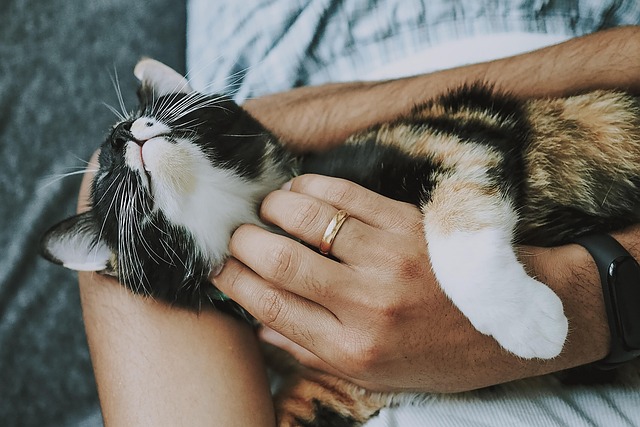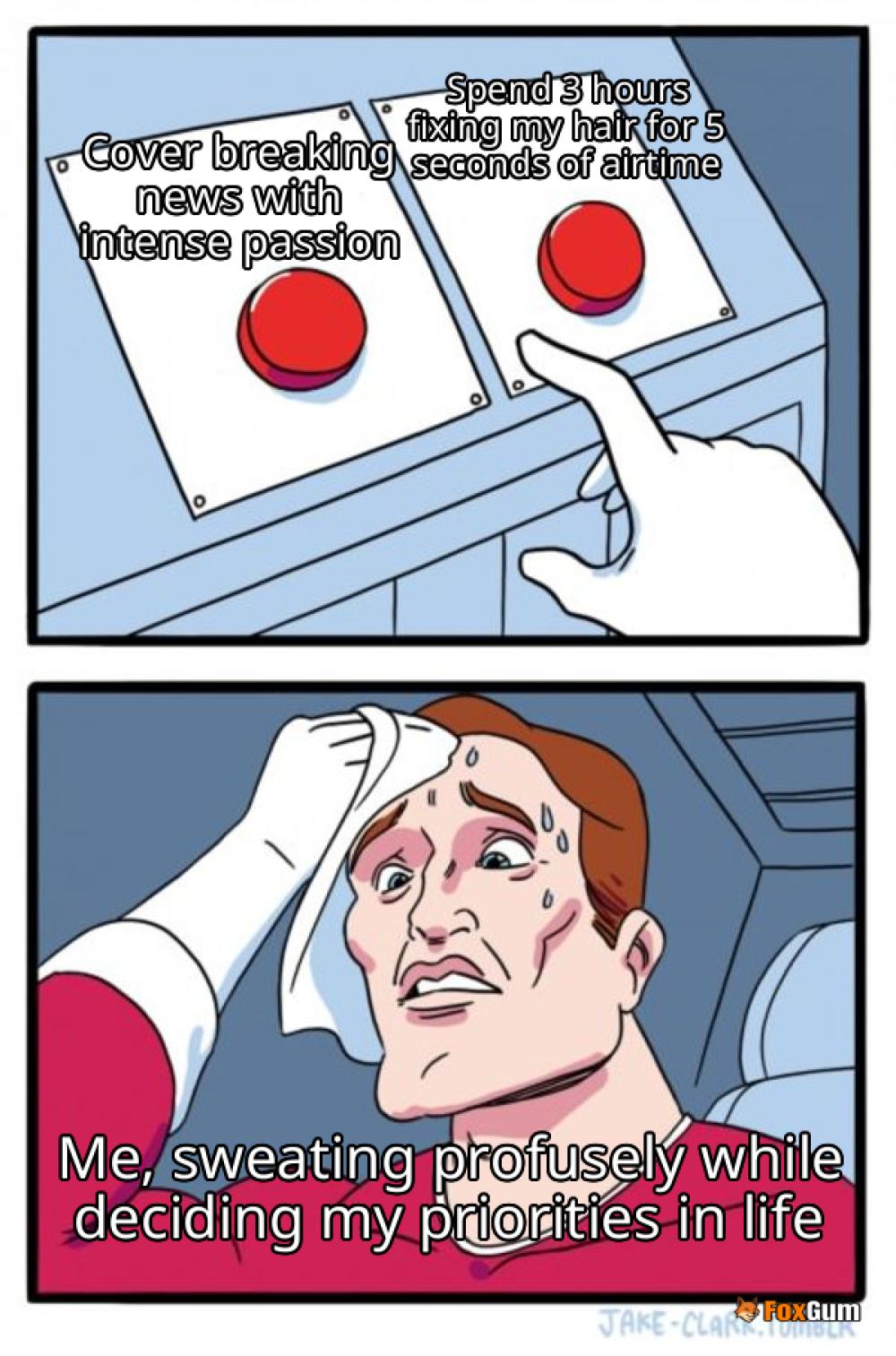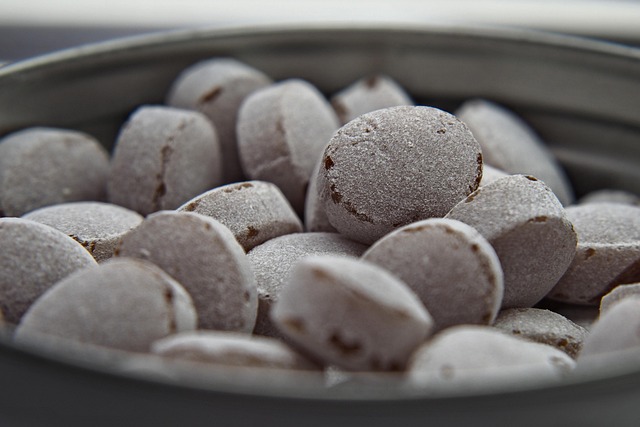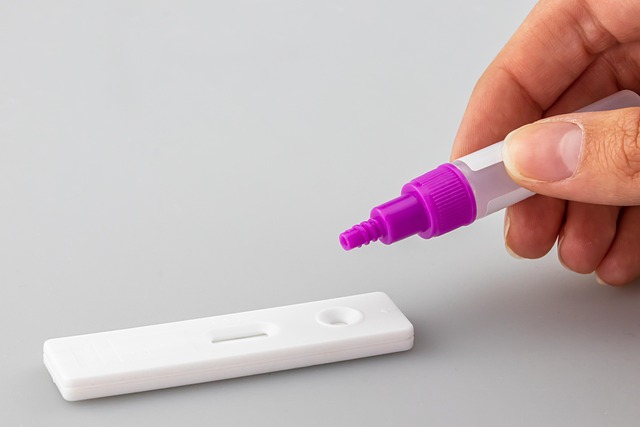
Periuria in Cats
Periuria, commonly referred to as inappropriate elimination or house soiling, is a prevalent behavioral issue among domestic cats. This problem can lead to significant distress for both the cat and its owner, often resulting in strained relationships and potential abandonment. Understanding the underlying causes and risk factors associated with periuria is essential for effective management and resolution.
What is Periuria?
Periuria is characterized by a cat's failure to use the litter box appropriately, leading to urination or defecation outside of designated areas. This behavior can manifest in various ways, including urinating on furniture, walls, or other surfaces within the home. It is important to differentiate between periuria and other medical issues, as the latter may require veterinary intervention.
Common Causes of Periuria
Identifying the root causes of periuria can be complex. Several factors contribute to this behavior:
- Age: Older cats are more likely to exhibit marking behaviors compared to younger ones.
- Multi-Cat Households: The presence of multiple cats can increase competition for resources, leading to marking and latrine behaviors.
- Access to Outdoors: Cats with free access to the outdoors or cat flaps may mark more frequently, while those with limited outdoor access may show lower prevalence of latrine behavior.
- Litter Box Issues: Although litter box attributes were not found to be significant in some studies, factors such as cleanliness and location can still influence a cat's willingness to use it.
- Owner Dependency: Cats that rely heavily on their owners may show a lower frequency of latrine behavior, indicating a potential link between attachment and elimination habits.
- Personality Traits: Cats with relaxed personalities tend to have a lower risk of marking behavior.
Risk Factors to Consider
Understanding the risk factors associated with periuria can aid in prevention and management. Some significant factors include:
- Household Dynamics: The presence of multiple pets can lead to territorial disputes, prompting marking behaviors.
- Environmental Stressors: Changes in the household, such as new pets or family members, can trigger anxiety in cats, leading to inappropriate elimination.
- Health Issues: While individual cardinal signs may not be reliable predictors of diagnosis, underlying medical conditions should be ruled out as potential causes of periuria.
Managing Periuria
Addressing periuria requires a multifaceted approach. Here are some strategies to consider:
- Veterinary Consultation: Always consult a veterinarian to rule out any medical conditions that may be contributing to the behavior.
- Behavioral Modification: Implementing behavioral training techniques can help modify your cat's elimination habits.
- Environmental Enrichment: Providing a stimulating environment can reduce stress and anxiety, which may help alleviate periuria.
- Litter Box Management: Ensure that litter boxes are clean, accessible, and located in quiet areas to encourage use.
Conclusion
Periuria in cats is a complex issue that can stem from a variety of factors, including age, household dynamics, and environmental stressors. By understanding the causes and implementing effective management strategies, cat owners can work towards resolving this common behavioral problem. Addressing periuria not only improves the quality of life for the cat but also enhances the overall harmony within the household.

















 System Stability Test Aida64 Free
System Stability Test Aida64 Free 
 Health
Health  Fitness
Fitness  Lifestyle
Lifestyle  Tech
Tech  Travel
Travel  Food
Food  Education
Education  Parenting
Parenting  Career & Work
Career & Work  Hobbies
Hobbies  Wellness
Wellness  Beauty
Beauty  Cars
Cars  Art
Art  Science
Science  Culture
Culture  Books
Books  Music
Music  Movies
Movies  Gaming
Gaming  Sports
Sports  Nature
Nature  Home & Garden
Home & Garden  Business & Finance
Business & Finance  Relationships
Relationships  Pets
Pets  Shopping
Shopping  Mindset & Inspiration
Mindset & Inspiration  Environment
Environment  Gadgets
Gadgets  Politics
Politics 